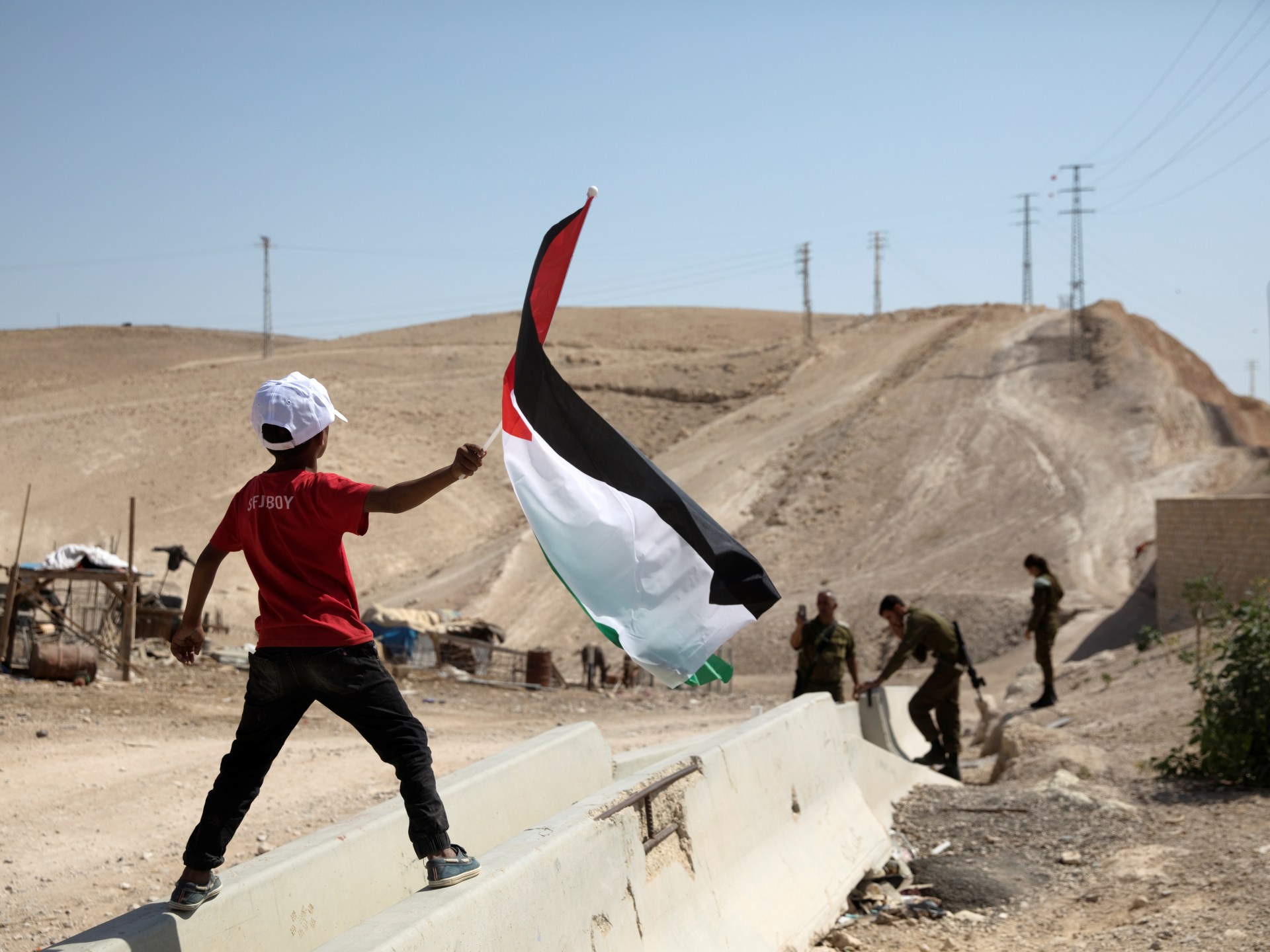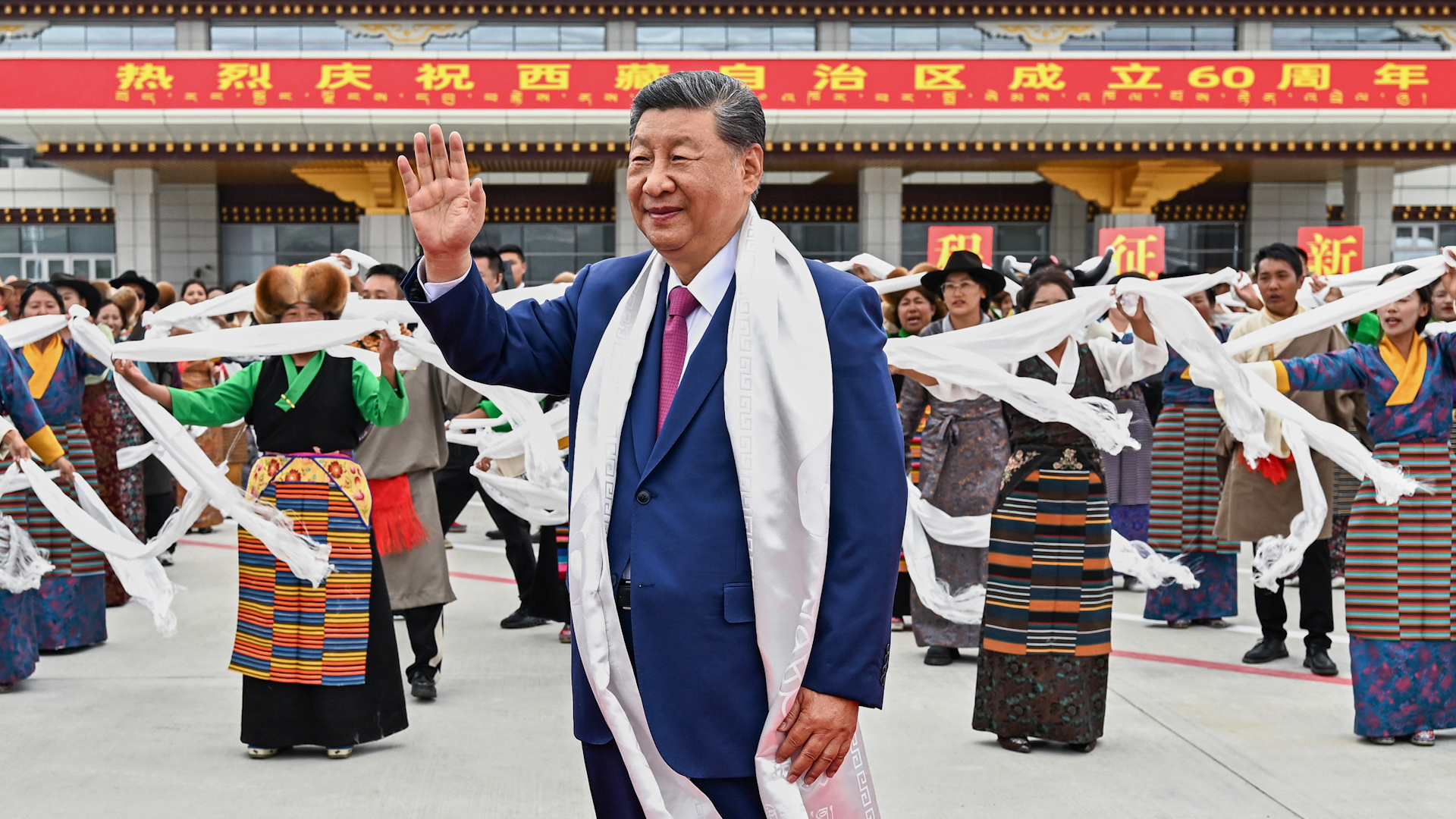After a week of high-stakes diplomacy aimed at halting the war in Ukraine, United States President Donald Trump says he is set on arranging a summit between Russian President Vladimir Putin and Ukrainian President Volodymyr Zelenskyy.
Following separate meetings with both leaders, Trump has ruled out sending US troops to Ukraine, but pledged security guarantees to Kyiv and indicated that Washington could provide air support to reinforce a potential deal.
Ukraine, in turn, told reporters at the White House it would obtain US-made weapons purchased by Europeans for an estimated $90bn as part of the effort to bolster its defences.
Which countries are aiding Ukraine?
At least 41 countries have contributed to Ukraine’s war efforts monetarily, either through military, humanitarian or financial assistance, according to the Kiel Institute for the World Economy, a German think tank.
Military assistance includes weapons, equipment and financial aid for the Ukrainian military. Humanitarian relief covers medical, food and other items for civilians, while financial assistance comes in the form of grants, loans and guarantees.
Most contributions to Ukraine have come from NATO, with 29 of its 32 members providing monetary aid, according to the Kiel Institute.
Additionally, 12 non-NATO countries and territories have sent monetary aid to Ukraine. These include Australia, Austria, Cyprus, the Republic of Ireland, Japan, Malta, New Zealand, South Korea, Switzerland, China, Taiwan, and India.
The European Union, through the Commission and Council, has also delivered substantial aid to Ukraine.

How much aid has Ukraine received so far?
So far, Ukraine has received more than 309 billion euros ($360bn) in military, financial, and humanitarian aid, according to the Kiel Institute:
- Military aid – 149.26 billion euros ($174bn – using today’s exchange rate of €1 = $1.17)
- Financial aid – 139.34 billion euros ($163bn)
- Humanitarian aid – 21.04 billion euros ($24bn)
Who are Ukraine’s largest donors?
The US has committed the largest amount of aid to Ukraine, providing 114.64 billion euros ($134bn) between January 24, 2022 and June 30, 2025, of which:
- Military aid – 64.6 billion euros ($75bn)
- Financial aid – 46.6 billion euros ($54bn)
- Humanitarian aid – 3.4 billion euros ($4bn)
The EU (Commission and Council) is the second biggest donor at 63.19 billion euros ($74bn), followed by Germany (21.29 billion euros or $25bn), the UK (18.6 billion euros or $21bn) and Japan (13.57 billion euros or $15bn).
How much aid has been pledged v allocated?
According to the Kiel Institute, European countries have collectively allocated 167.4 billion euros ($195bn) to the war in Ukraine, more than the 114.6 billion euros ($134bn) allocated by the US.
Allocated aid refers to funds or resources that have actually been set aside, delivered, or officially committed for use by Ukraine.
It is different from pledged aid, which is money or equipment promised by a country but not yet delivered or officially set aside.
In total, Europe as a whole has committed 257.4 billion euros ($300bn) and the US 119 billion euros ($139bn).
US aid to Ukraine plummets under Trump
Days before Trump took office, the Biden administration gave one final injection of military support to Ukraine with a weapons package of $500m on January 9.
Following the start of the Trump administration’s second term in office, aid to Ukraine has plummeted, with Washington suspending all support, including weapons, in March after a tense meeting with Zelenskyy at the White House.
Trump made claims that the US has given Ukraine more than $300bn in wartime aid. That number has been contested by Ukraine and its supporters, despite the US being the single largest donor country.
What weapons has Ukraine received?
Ukraine has received various weapons systems from its allies, including armoured vehicles, artillery, aircraft, air defence systems, drones, missiles, and a wide range of support equipment.
According to the Kiel Institute, Poland has supplied its neighbour with the largest number of tanks, totaling 354, while the US leads in providing infantry fighting vehicles (305), howitzers (201), air defence systems (18), and HIMARS rocket launchers (41).
The HIMARS, capable of striking targets just a few metres (feet) wide from nearly 80km (50 miles) away, gave Ukraine a vital long-range precision strike capability that slowed Russian advances early in the war.
NATO defence spending
In a news briefing, the White House said the US could help coordinate a security guarantee for Ukraine. However, Russia’s Ministry of Foreign Affairs has ruled out the deployment of troops from NATO countries to help secure a peace deal.
In June, NATO leaders signed a deal to increase defence spending, which is to be achieved over the next 10 years, and is a jump worth hundreds of billions of dollars a year from the current goal of 2 percent of gross domestic product (GDP) to 5 percent.
Currently, 23 of the 32 member countries have met this target, with the alliance as a whole spending 2.61 percent of its combined GDP on defence last year.
NATO countries bordering Russia, such as Estonia and Lithuania, have significantly increased their defence spending – from less than 1 percent of their GDP just 10 years ago.





Leave a Comment